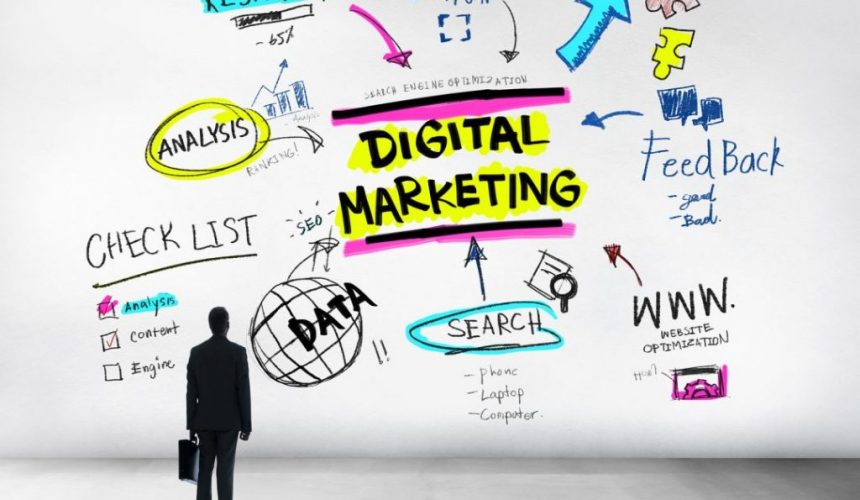
Digital marketing and advertising trends in 2021
By Zion Rufus
By the end of 2021, mobile devices are estimated to generate nearly 73% of the total e-commerce sale record, which entails that we need new digital strategies, especially content-centered strategies.
WhatsApp, Facebook, Twitter, Instagram, and YouTube have all launched platforms to promote e-commerce; now major purchases will be made via telephone, thereby reducing in-person buying drastically. Data captured in the digital environment will now be used by organizations in a more strategic fashion to design new products, services and solutions, by placing the customer at the center of all operations.
With the increasing value of digital marketing over the past months, native advertising and digital advertising have joined forces, and now must work cooperatively. It has become imperative for organizations to innovate, be disruptive, leverage the social media and influencer market content team and assist the marketing professionals to make important decisions.
Voice search, Podcasting, and the increasing demand for virtual assistants such as Alexa and Siri should be taken into account in 2021. With the increasing use of voice search, brands are supposed to produce content aiming at these platforms. TikTok, for instance, already has offices in various parts of the world capable of designing solid strategies for brands. WhatsApp has become an important sales platform for SMEs.
Influencer marketing and in-game ads are on the rise. Brands are beginning to partner with influencers for content creation, development, and promotion. With the pandemic, some business models have been accelerated, such as online retail, click and collect, frictionless retail, and D2C e-commerce, changing the way companies position themselves to meet customer needs. Today, one of the basic principles of any content strategy is generating leads to build relationship with potential customers.
Ethical consumerism has also taken over. Brands approaching diversity and inclusion related topics is a response to the constant changes in society, but it is necessary to be cautious and avoid superficial approaches. Embracing diversity is currently a challenge for brands of which the public demands a more authentic position and long-term actions. Therefore, organizations should not decide to support a cause if they do not intend to live up to the expectations through actions.
The Internet of Things(IoT) and the dawn of the 5G technology has spawned the growth of Virtual Reality (VR), Augmented Reality (AR) and Artificial Intelligence (AI); with these tools, brands can go beyond screens: they can experiment new formats and increase their creativity. However, like all new technology, using this resource requires a large investment in the development of prototypes.



Comment
No comments found.